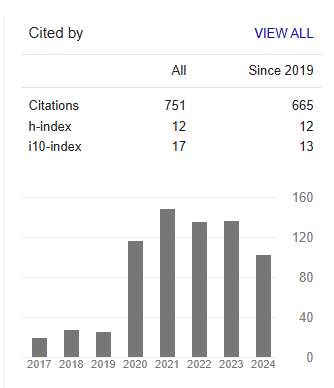Mortality and Survival of Patients with Central Nervous System Disorders: Prognostic Factors of at the University Hospital Point G, Bamako, Mali
Abstract
Abdoulaye Mamadou Traore, Modibo Keita, Garan Dabo, Bakari Diarra, Hamsatou Cisse, Siaka Sidibe, Assetou Kaya-Soukho, Cheick Oumar Guinto, Daouda K. Minta
The department of infectious and tropical diseases is the referral for all HIV positive patients in need of hospitalization. HIV has modified the epidemiology of central nervous system (CNS) disorders in Mali.
Objective: Our objective was to study the prognostic factors of the mortality and survival of patients with CNS disorders in the department of infectious and tropical diseases at the University hospital Point G, Bamako, Mali.
Methods: We collected data retrospectively from the medical records inpatients between 1st January 2013 and 31st December 2017 and we used R software version 2.12.2 to analyze data.
Results: In five (5) years, we registered 1,315 hospital admissions with CNS disorders with a morbidity rate of 21.14% (278/1315) and 71.7% (125/278) were HIV positive. In bivariate analysis (Log-rank test), there was a statistically significant difference between survival and alcohol consumption (p=0.001) and smoking (p<0.001); history of tuberculosis (p=0.006); presence of dementia syndrome (p<0.001) and positive HIV serology (p=0.01). Multivariate analysis (Cox model) identified dementia [adjusted Hazard Risk, HR=13.02 (2.62 - 64.8)], previous tuberculosis [adjusted HR=13.33 (1.05 - 102.63)], alcohol use [adjusted HR=3.08 (1.67 - 5.69)] and smoking [adjusted HR= 2.9 (1.05 - 7.99)] as poor prognostic factors for survival. According to the Kaplan Meier method, the overall median survival of patients was 37 days [CI 95%; (35-55 days)].
Conclusion: Notion of TB, alcohol use and smoking were poor prognostic factors of the survival of HIV positive inpatients with CNS disorders.



